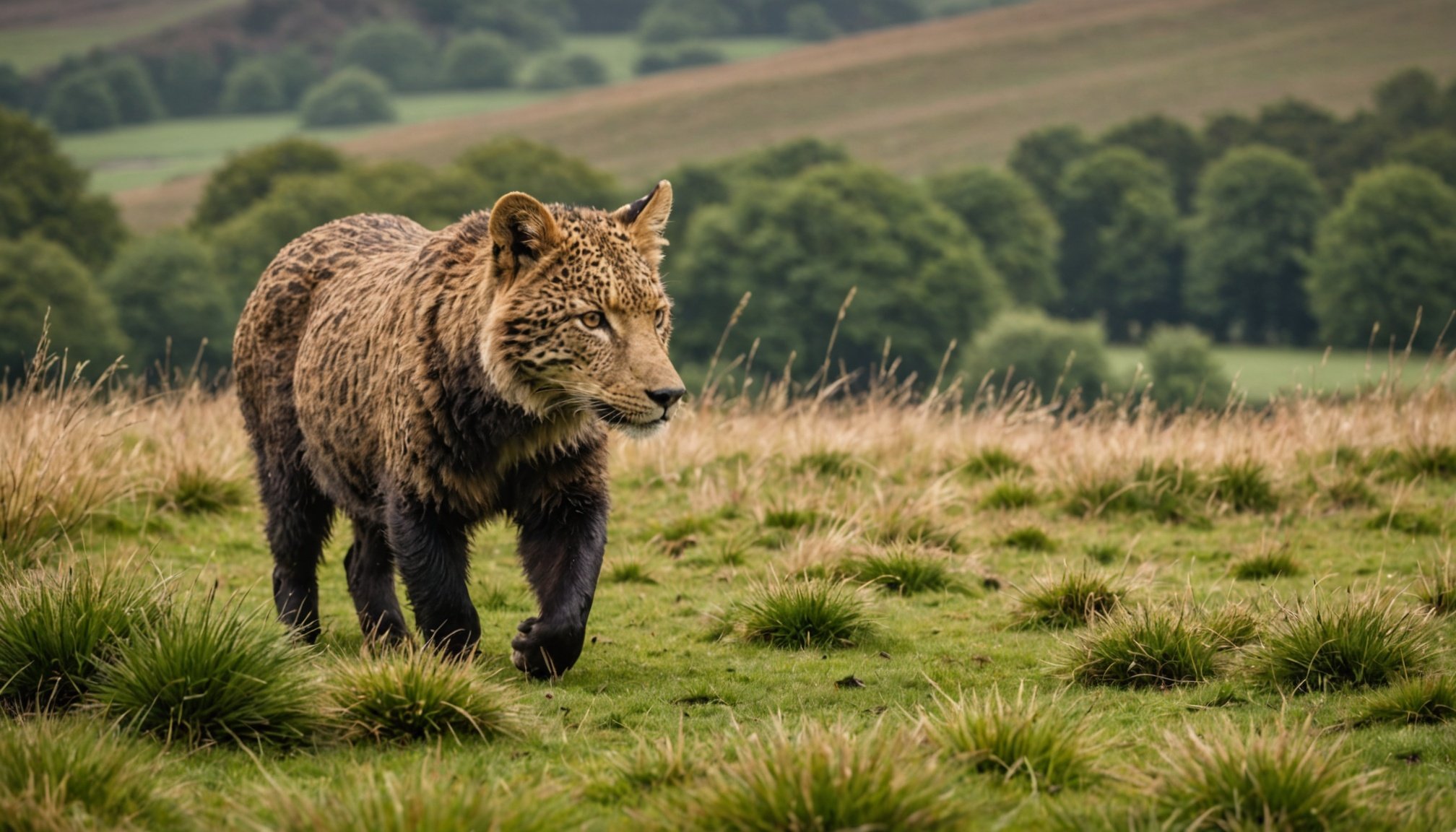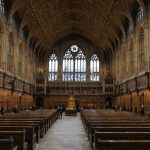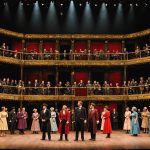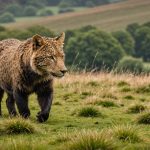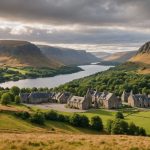Essential Equipment for Wildlife Photography
Wildlife photography requires the precise selection and use of camera gear to capture stunning natural scenes. The foundation of any wildlife photography toolkit is a good camera and lenses. Selecting the right one involves considering factors such as zoom capability and low-light performance. A camera with a fast shooting speed and excellent autofocus can be a game-changer. Pairing it with a suitable telephoto lens enhances one’s ability to capture distant subjects clearly.
Choosing the right photography equipment doesn’t stop with the camera and lenses. Tripods are indispensable for maintaining stability, especially during long waits for the perfect shot. A lightweight, durable tripod can make all the difference. Wildlife photography tools also include camouflage gear, which helps photographers blend into natural environments, reducing the risk of disturbing the subjects.
Have you seen this : Your Ultimate Guide to Exploring Portsmouth”s Historic Naval Dockyards and Museums
Budget is a crucial factor when assembling photography equipment. High-quality gear often demands a significant investment. However, prioritising where to invest can maximise budget efficiency. For instance, a versatile lens might be prioritized over multiple lower-quality options. Exploring second-hand markets can also yield affordable, yet dependable options. Thus, wisely budgeting for essential wildlife photography equipment can enhance both the quality of the photography and the overall experience.
Camera Settings for Wildlife Photography
In wildlife photography, getting the right camera settings is crucial for capturing stunning images. It begins with understanding the trifecta of exposure settings: aperture, shutter speed, and ISO. Each plays a significant role in defining image quality. Aperture, measured in f-stops, controls the amount of light entering the lens and influences depth of field. A larger aperture (lower f-stop) is ideal for a blurred background, highlighting your subject.
Also read : Top Destinations to Discover the Rich History of British Colonialism
The shutter speed dictates how long the camera’s sensor is exposed to light. Fast shutter speeds are essential for freezing action, an indispensable tool for photographing animals in motion. For birds in flight, aim for at least 1/1000 of a second.
ISO, on the other hand, affects the camera’s sensitivity to light. In low-light conditions, a higher ISO can prevent image underexposure, but beware of noise.
Adapting your exposure settings based on lighting conditions is fundamental. In bright daylight, lower ISO and narrow aperture may suffice, while dusk or dawn shots require more light intake.
Fast autofocus and burst mode are equally important. Burst mode allows for continuous shooting, increasing the chances of capturing the perfect action shot. Together, these wildlife photography tips ensure you capture every dramatic moment nature offers.
Timing and Location for Wildlife Photography
Timing and location are crucial elements in wildlife photography. Capturing the perfect shot often depends on the best times and ensuring you’re in wildlife habitats where animals feel safe and are active. In the UK, early morning and late afternoon are generally the best times for wildlife activity. During these periods, the lighting is softer, creating ideal conditions for photography while animals engage in feeding or movement.
Seasonal variations also play a significant role in wildlife behavior. Spring and autumn are particularly rewarding for photographers, as many species exhibit unique behaviors such as migration or mating rituals. These seasons offer increased photo opportunities as wildlife becomes more visible and engaging.
Recommended Photography Locations
For those eager to explore diverse wildlife habitats, the UK boasts numerous national parks that are prime photography locations. Places like the Cairngorms National Park and the Lake District offer a rich tapestry of landscapes and species, from red squirrels to golden eagles. Meanwhile, the New Forest provides a backdrop of lush woodlands and roaming deer. Each park has its unique seasonal highlights, making them excellent choices for capturing wildlife in varied environments throughout the year. Always research to understand specific habitats and wildlife activity periods for the best photography outcomes.
Ethical Practices in Wildlife Photography
Wildlife photography isn’t just about capturing stunning images; it’s about embracing ethical photography to ensure the well-being of the subjects and their environments. Respecting wildlife and their habitats is fundamental. Photographers should always adhere to guidelines that prioritize the welfare of the animals and preserve their natural surroundings.
Disturbance should be minimized by maintaining a safe distance. This is crucial, as getting too close can disrupt behaviors or even pose risks to the animals. The use of long lenses is often recommended, allowing photographers to capture intimate moments without intrusion. Moreover, patience is a virtue in ethical wildlife photography, providing opportunities to observe without interfering.
Responsible behavior extends beyond the act of taking photos. Supporting wildlife conservation can be achieved through practices such as not using flash, which can startle animals, and avoiding nesting sites during sensitive periods. Sharing images that promote conservation and raise awareness also plays a significant role.
Photography can be a powerful tool for promoting wildlife conservation. By ensuring ethical practices, photographers contribute to a broader wildlife conservation effort, fostering an appreciation for nature while safeguarding its future. These practices are essential for maintaining the delicate balance of ecosystems globally.
Inspiration from Successful Wildlife Photographs
Delve into the world of wildlife photography and uncover an array of photography examples that capture the natural beauty and behaviour of animals. These inspiring images not only showcase the artistic prowess of photographers but also raise awareness about conservation efforts.
Iconic Wildlife Photos in the UK
Some of the most inspiring images emerge from the UK’s rich biodiversity. From the haunting beauty of the Scottish Highlands to intricate portraits of urban foxes in London, each photograph tells a unique story. These images often embody a blend of patience and timing, capturing moments that resonate with viewers emotionally and intellectually.
Techniques Used in Stunning Wildlife Photography
Achieving such captivating wildlife photographs involves mastering a range of techniques. These include understanding animal behaviour, choosing the right equipment, and employing creative composition strategies. Renowned wildlife photographers often rely on natural lighting to enhance their subjects, creating images that are not only visually stunning but also tell a compelling story.
Lessons Learned from Top Wildlife Photographers
Glean insights from top wildlife photographers who have mastered this intricate art form. They stress the importance of patience, ethical practices, and technical skills. One phototgrapher mentions, “The key lies in understanding and respecting the subject.” This approach not only yields breathtaking results but also supports broader conservation goals.

